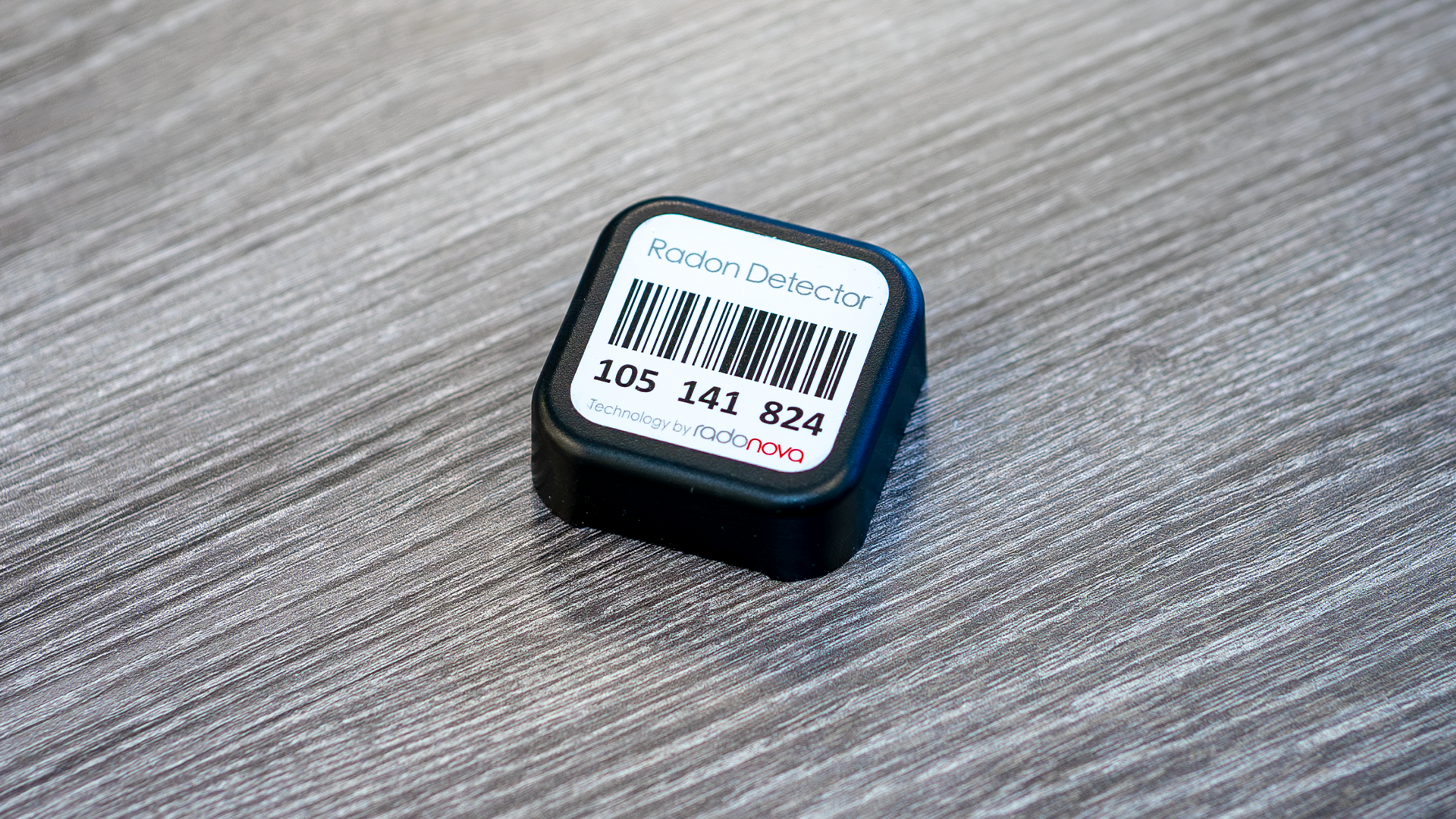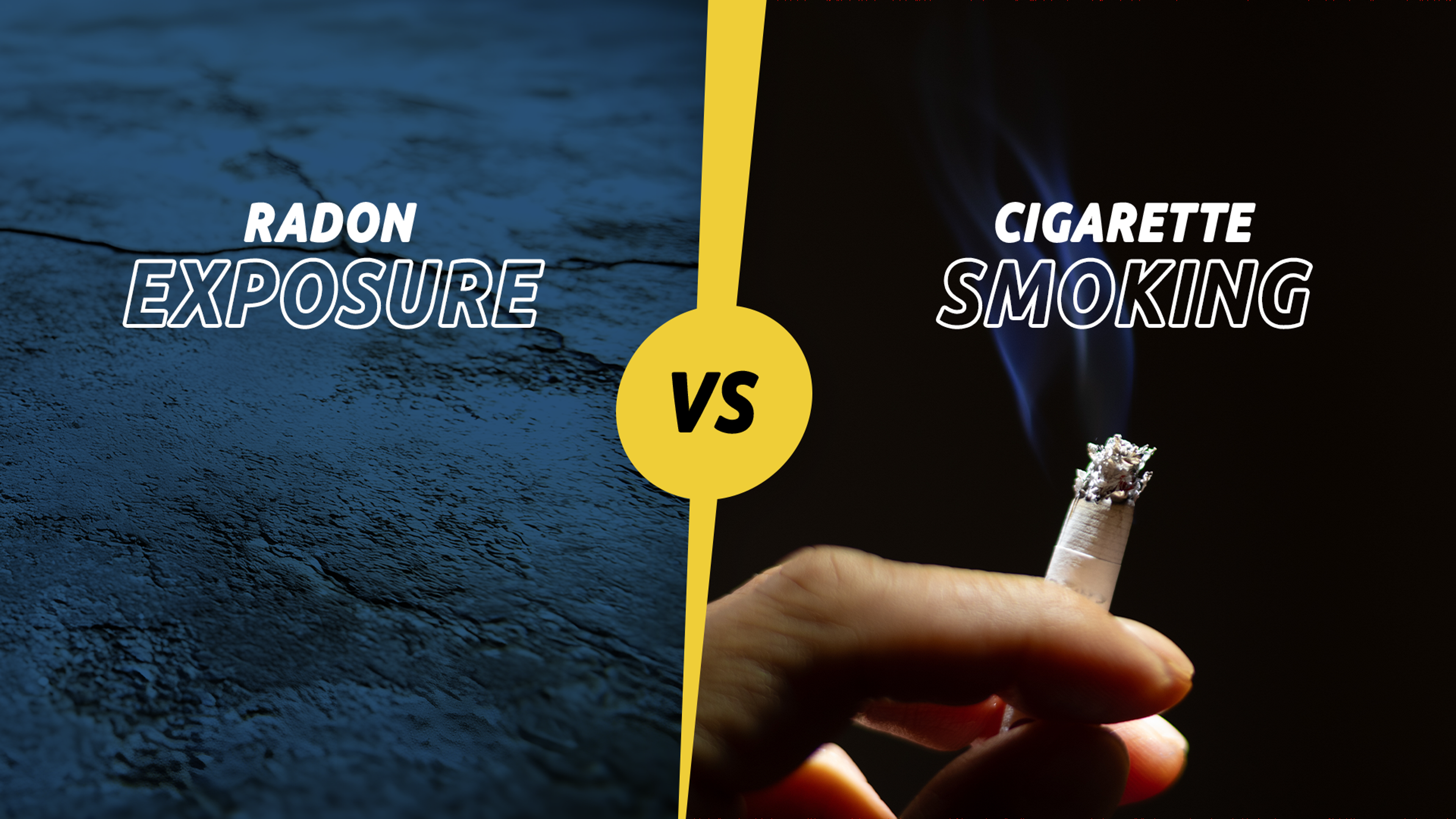

The 2024 Cross-Canada Radon Report Sheds Light on Radon as a Public Health Issue
Based on a multi-year project led by Dr. Aaron Goodarzi and researchers at the Evict Radon National team, the Cross-Canada Survey of Radon Exposure in the Residential Buildings of Urban and Rural Communities was published in October 2024. The last Cross-Canada radon survey was completed in 2012, making this the most updated and current radon study in 12 years.
This report provides a comprehensive data source of radon exposure in Canadian homes. By reading this report one can expect to:
- Gain an understanding of radon, its history, and health risks in Canada.
- Know the percentage of homes in your house category and in your region that have high radon levels.
- Compare how the radon levels in your region and home category compare to the other regions and homes like yours across Canada.
The goals of the project were to estimate the number of Canadians living in residences with radon gas levels above the national guideline of 200 Bq/m3, understand how radon levels differ throughout Canadian regions, and provide updated and reliable data to empower Canadians to make informed decisions about health and policy.
The Cross-Canada Radon Survey is a 74-page document that begins with an introduction of radon and its health effects, followed by the history of radon and the discovery of its link to lung cancer. A thorough explanation of how the survey was conducted is provided and then reports on radon levels by building type (single detached houses, semi-detached/duplexes, row-style attached housing, apartment buildings, mobile homes), region type (urban vs. rural), and region location (Atlantic, Central, Prairies and Northwest Territories, Pacific Interior and Yukon Territory, and Pacific Coastal British Columbia) are detailed. The report concludes with a summary of radon levels in Canada’s six largest metropolitan areas and 41 other municipalities, specific case reports, and case studies.
Arguably the most revealing results of the study are the findings that 17.8% of Canadian residential properties have radon levels at or above 200 Bq/m3. This represents a more than 250% increase over the 2012 results which reported that 6.9% of Canadian homes had radon levels at or above 200 Bq/m3. A few reasons for this increase can be airtight and energy efficient building construction and building retrofits over the last 12 years that causes radon to become trapped within homes. Another reason can be that a higher percentage of radon tests in the 2024 study were placed below ground (basements) where radon is usually higher.
Three key takeaways from the survey are:
- “There are no areas of Canada that are radon free.”
- “The only way to know if a house that people are living in has an elevated level of radon is to test, regardless of region or community.”
- “High indoor radon is a solvable problem (via professionally-installed mitigation) that can significantly reduce your risk of lung cancer.”
“The survey is an extremely beneficial document and represents immense progress in Canada’s efforts to increase radon awareness throughout the entire country,” says Zan Jones, Vice President of Sales and Marketing for Radonova, Inc. According to the report, future updates and case studies are planned for 2025 “which will continue keep radon top of mind and help prevent lung cancer in Canada.”
Read the full Cross-Canada Radon Survey
Click here to stay informed about radon industry news and product discounts.
Published
November 17, 2024




